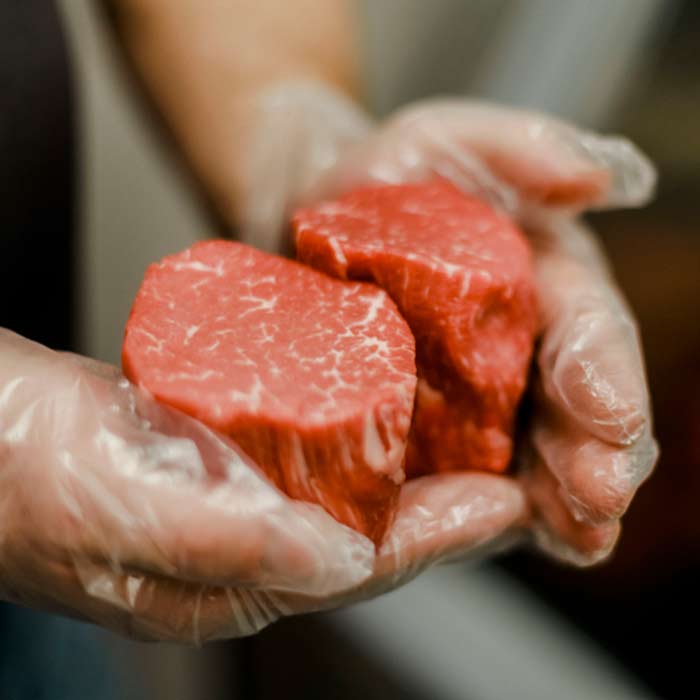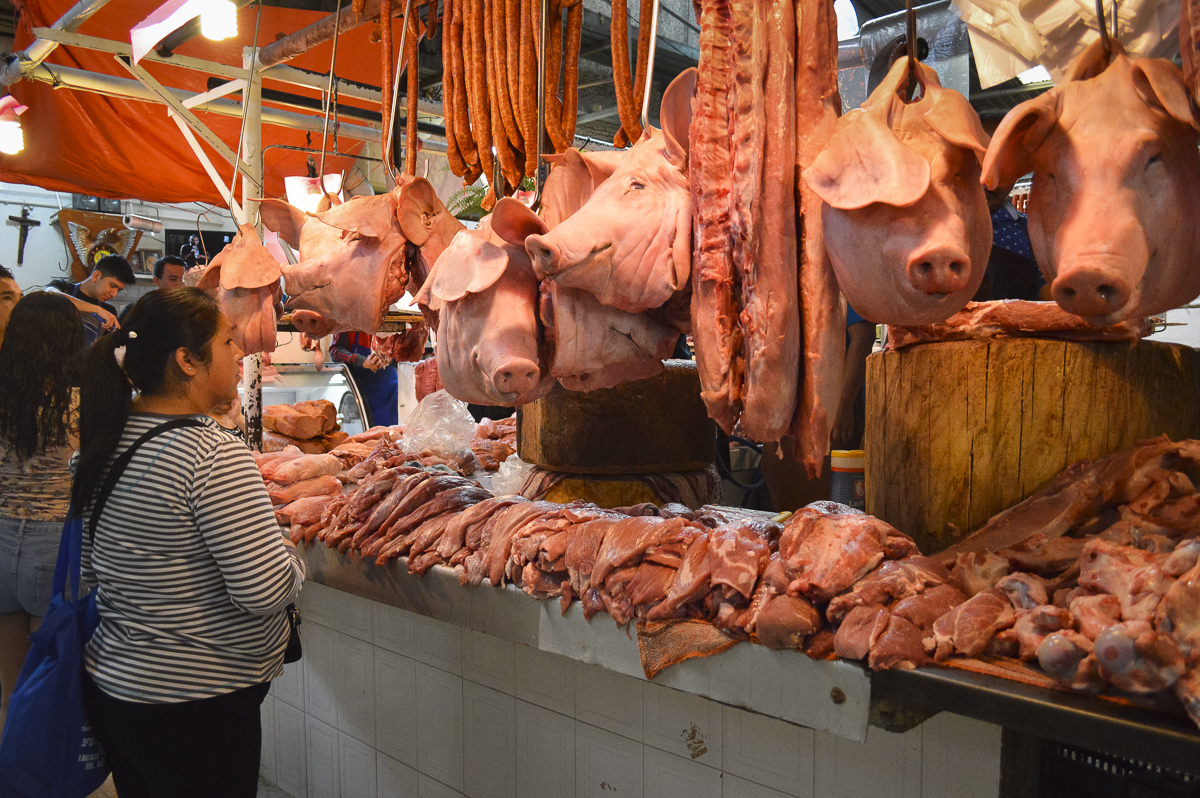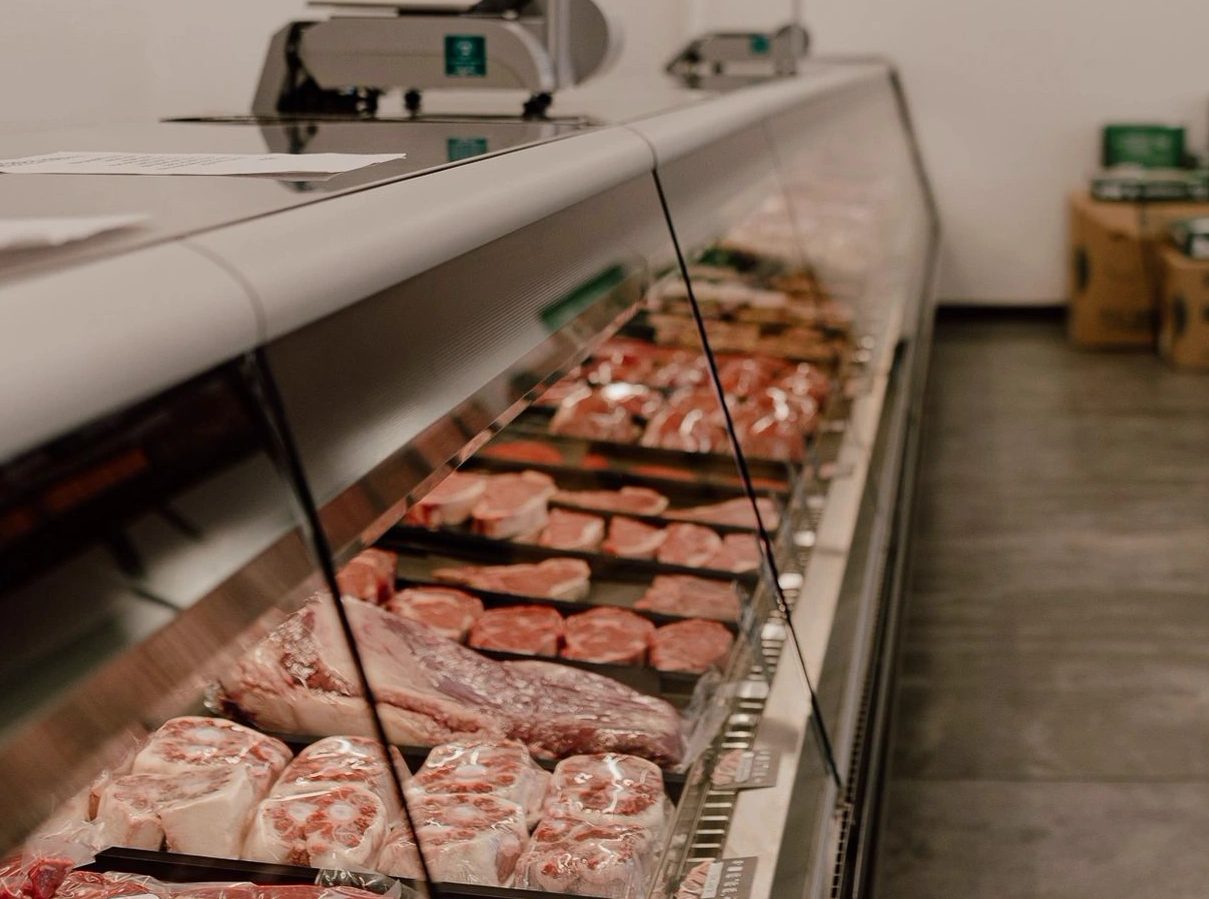Leading Reasons to Shop at Bagley Farms Meat Market Edwardsville IL for Costs Meats
Leading Reasons to Shop at Bagley Farms Meat Market Edwardsville IL for Costs Meats
Blog Article
Reveal the Art of the Butcher's Cut in a Modern Meat Market
In the ever-evolving landscape of modern meat markets, the butcher's cut has transcended its traditional origins, merging age-old workmanship with contemporary techniques. Today's butchers are not simply processors of meat; they are educated craftsmens who highlight sustainability and honest sourcing. Their expertise in selecting and preparing cuts customized to specific culinary needs provides an unparalleled eating experience. Yet, what genuinely sets the modern-day butcher apart is their ability to forge a deeper link between customers and the beginnings of their meat. Just how do these masters balance practice with innovation, and what ramifications does this have for the future of meat usage?
Evolution of Butchery Strategies
The development of butchery strategies mirrors an abundant tapestry of development and adjustment driven by improvements in innovation, adjustments in consumer demand, and a much deeper understanding of meat scientific research. Historically, butchery was a craft gave via generations, with techniques developed over centuries to optimize yield and flavor. Nonetheless, the commercial revolution introduced mechanization, transforming standard methods and enabling large-scale processing.
The mid-20th century saw butchery methods additionally refined by clinical insights into muscle mass biology and meat aging, boosting both tenderness and taste. Advancements like vacuum cleaner packaging and refrigeration extended item shelf-life, allowing butchers to expand offerings and enhance high quality control. This period likewise noted the rise of specific tools, such as band saws and meat slicers, which enhanced accuracy and efficiency in meat handling.

The 21st century has actually introduced electronic innovation right into the butchery world. Computerized systems currently help in monitoring animal provenance and optimizing cuts to fulfill certain customer preferences. In addition, a renewal in artisanal butchery has actually emerged, blending traditional abilities with contemporary understanding to satisfy customers looking for moral and lasting meat alternatives. This development highlights a vibrant interaction in between custom and advancement, meeting contemporary demands while protecting the craft's heritage.
Recognizing Meat Cuts
Recognizing the ins and outs of meat cuts is crucial for both butchers and consumers looking for high quality and worth. For butchers, precise cuts mirror skill and respect for the craft, guaranteeing minimal waste and ideal yield.

Understanding muscle composition is critical; muscle mass utilized extra frequently by the pet have a tendency to be tougher and are best suited for sluggish cooking methods, while less-used muscles, like those discovered in the loin, click this link are a lot more tender and perfect for cooking or roasting. Experience with these distinctions empowers consumers to make educated options, boosting their cooking undertakings.
Selecting Top Quality Meat
Selecting the ideal meat includes even more than just selecting a visually attractive item from the display screen. The art of picking top quality meat calls for a discerning eye and knowledge of particular characteristics that symbolize quality and quality.
Secondly, take into consideration the marbling, which describes the white flecks of fat within the muscular tissue. Correct marbling is a vital indicator of inflammation and flavor, as it thaws throughout cooking, boosting the meat's juiciness. Bear in mind, greater marbling frequently correlates with exceptional quality cuts, such as USDA Prime.
Structure is one more critical factor; meat needs to feel solid to the touch, not slimed or excessively soft. Additionally, bear in mind the scent. Fresh meat should have a clean, neutral scent, devoid of any type of sour or off-putting odors.
Matching Cuts With Food Preparation Techniques

Alternatively, harder cuts like brisket and chuck roast are rich in collagen, which breaks down into jelly when cooked gradually. These cuts are excellent for braising or slow roasting, allowing the meat to tenderize in time and develop deep, complicated tastes. Cuts such as short ribs and pork shoulder get on well with slow-cooking methods, where prolonged cooking times transform their durable appearances into succulent dishes.
Lamb shanks and oxtail, which call for extended cooking to soften, are ideal candidates for stewing or sluggish simmering. These methods coax out rich, passionate flavors while keeping wetness. By recognizing the distinct features of each cut, chefs and home cooks alike can raise their cooking creations, making sure each recipe is both pleasing and remarkable.
The Butcher's Duty Today
Navigating the evolving landscape of the contemporary meat market, the butcher's function today expands past simple prep work of cuts. Contemporary butchers are culinary artisans, educators, and advocates for lasting methods.
Along with crafting exact cuts, butchers currently involve directly with consumers, using cooking recommendations and customizing options to suit private demands and choices. Their competence in meat aging, marbling, and taste accounts encourages consumers to make informed choices, improving their culinary experiences. This personalized service exhibits the butcher's progressing duty Visit Your URL as a trusted advisor in the cooking area.
Additionally, butchers are pivotal in decreasing waste, utilizing entire pets to create diverse items such as sausages and stocks. This detailed approach not only values the pet yet additionally aligns with modern sustainability goals. In this way, the modern-day butcher symbolizes both practice and advancement, adapting to an ever-changing market while preserving the creativity and integrity of their craft.
Verdict
Proficiency in understanding diverse meat cuts and top quality signs equips butchers to supply informed suggestions, straightening particular cuts with optimum cooking approaches. By honoring historic practices while accepting modern demands, the butcher's role remains important in today's advanced meat market.
Report this page